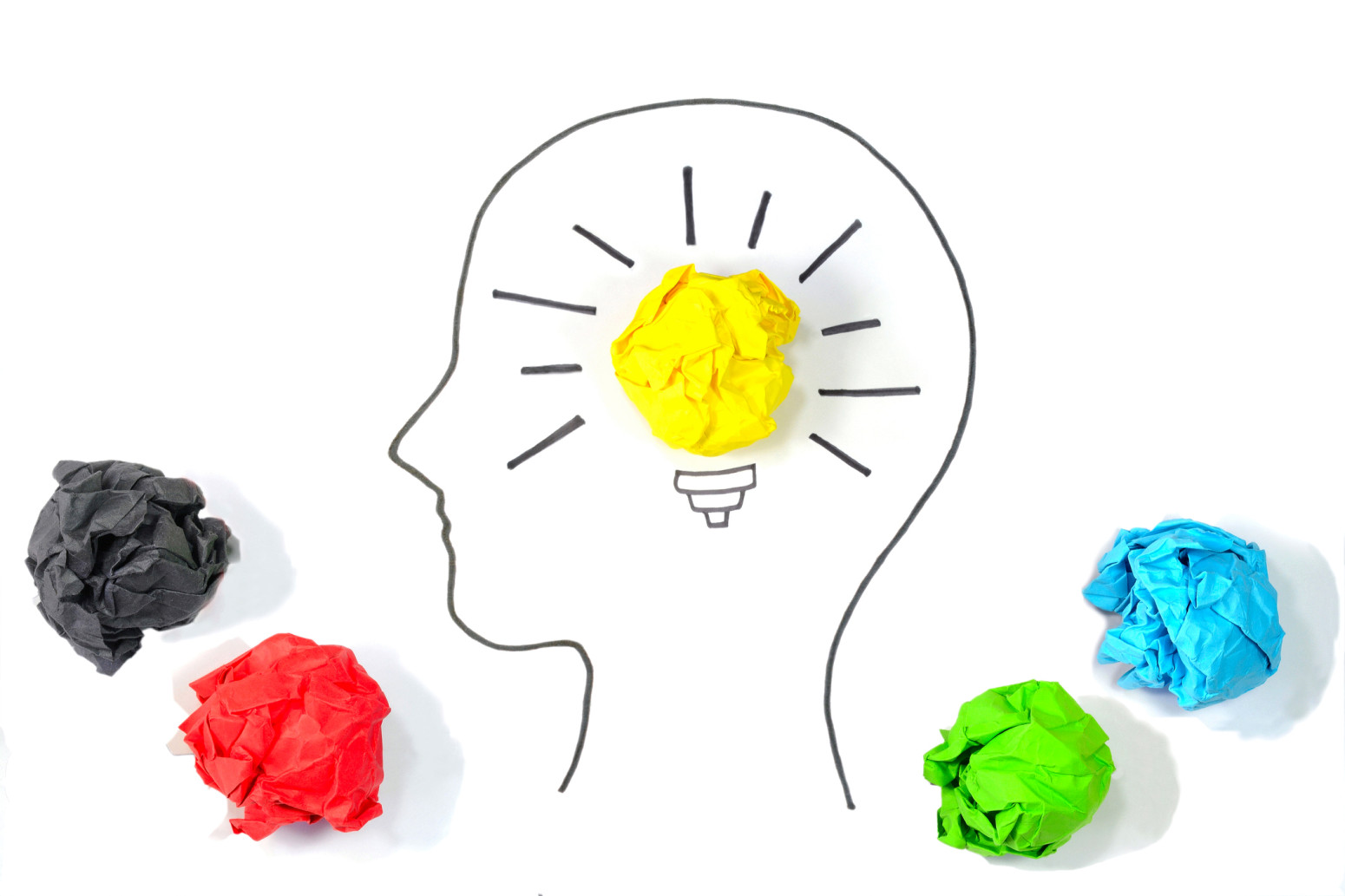Does this scenario sound familiar to you (or does it apply for someone you work with)? You love learning and growing at work, but you feel you’ve stopped doing so to the extent that you want. However, when you start up the learning and growth engine once again, it can stall, with the new information being retained for a short while but then soon forgotten. True behavior change is never realized–that training/learning evaporates in the wind.
You’re certainly not alone in this as research shows that while American corporations spend $160 billion annually in learning and training initiatives, employees forget up to 75 percent of the material, resulting in $120 billion in wasted investment.
“One-off training” fairs worse (when left to its own device), as research also shows 90 percent of what we learn in a single session is forgotten with a month, 60 percent within a day.
But a new scientific study from BetterUp reveals how to break the cycle of temporary learning, when you intake new information, but it never sticks, and never leads to personal transformation.
It requires implementation of a four-stage process, starting with learning, then moving to doing, being, and finally, becoming.
Here’s how to facilitate each stage to create lasting behavior change.
1. Learning
The study indicates that for a learning program to successful, it must adhere to a number of adult learning principles. First, the information being transmitted must be new enough that it changes the brain. Neuroscience shows that with new inputs, adult neurons can grow. For learning to occur, the information must also be retained, be seen as applicable to something relevant, and will become learning only when the recipient has the self-awareness of the need for change.
So, when your grandfather says he’s too old to learn, he’s really not. He just doesn’t see the need to change anymore.
With this as background, the study also highlights how you can learn. First, break out of your comfort zone and seek out learning in new, unfamiliar areas. Be honest in assessing your knowledge base in that area and approach the learning opportunity with a mindset of improvement and change. To better retain the new information, break it up into microlessons and review frequently, affording yourself the power of repetition. Practice applying it immediately to situations that seem to fit, which blends into the next stage.
2. Doing
This is where behavior change comes in, which requires you to CRAM. Meaning, you’ll need:
Confidence–that you can indeed change for the better.
Repetition–still more of it.
Ability–the skills to succeed with practice. Supplement with complementary training if needed to enhance your ability to create change.
Motivation–the willingness to incorporate the learning into your routine.
Also, be sure to set clear goals of what you want to change with what impact. I’ve found that the times I was most able to make a change in my life happened when I was clear on the goal and the impact I wanted it to have. For example, I was finally able to drop the 15 pounds I’d been wanting to shed because it was a specific, attainable number, and I knew why I wanted to do it (to lighten the load on my new hip replacements).
It also helps at this stage to enroll others to help hold you accountable for the change and to provide feedback and reinforcement along the way.
3. Being
Being is a state of having achieved the change you wanted to achieve. And this is important, the study pointed out that lasting change comes from an awareness of the change achieved. So it’s important at this stage to allow time for self-reflection.
In the two-plus years I’ve been an entrepreneur (after leaving corporate), I now feel like I was always meant to be an entrepreneur and that the changes I’ve undergone to be a successful one will stick. Why? Because I’m careful to reflect now and then on the ridiculous amount I’ve learned since launching my own business as a keynote speaker, workshopper, author, and coach.
The study also suggests continuing to seek out feedback from others on the depth and quality of your transformation.
4. Becoming
All the prior stages crescendo into a final state where you move from being…to becoming. A forward moving state. It’s where with each successful change you’ve implemented, you’re inspired to pursue additional growth. To Become.
So for the next learning opportunity that arises or the next time you’re presented with new material, don’t fall into “get and forget” mode. Learn. Do. Be. Become.
Transform.
Originally published on Inc.
